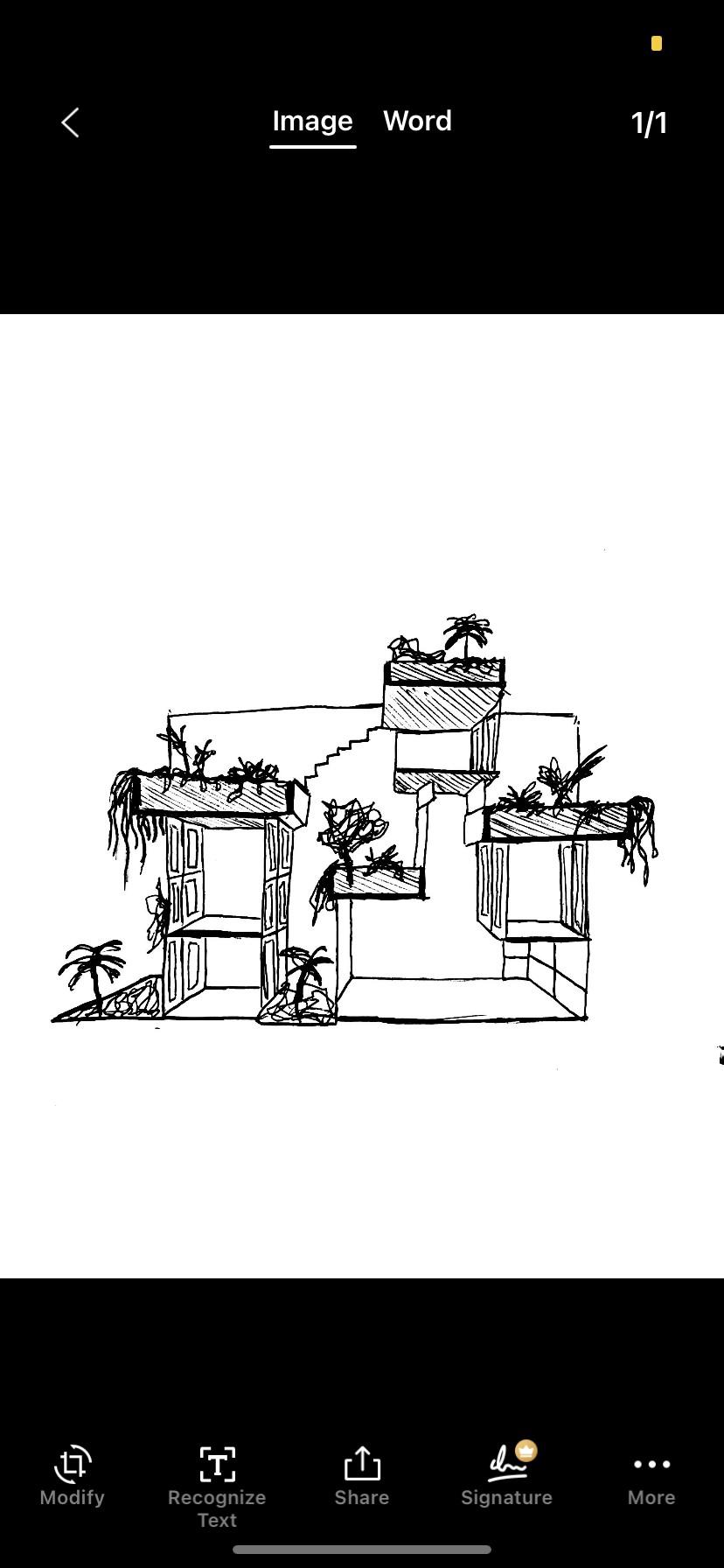
3 minute read
Location- Romford
from Component 2 Part 1
by HSFC2
Romford is a large town in east London and the administrative centre of the London Borough of Havering. It is located 14 miles northeast of Charing Cross and is one of the major metropolitan centres identified in the London Plan
Havering Council's urban strategy aims to make Romford a cultural destination, whilst recognising that Hornchurch forms the main cultural hub of the borough with a large theatre and arts spaces. As a former market and coaching town, Romford is well served by public houses and two that are located in the market place are listed buildings. The market and adjacent streets also form a conservation area.
Advertisement
Romford has changed dramatically over the last 30 years. The construction of ring roads and the pedestrianisation of South Street and other areas of the town centre, together with the building of huge shopping precincts and superstores, has all but erased the atmosphere of what was essentially a country market town.

Cottons Park
Romford market and mall
Lodge Farm Park
Romford Car Park
Romford train station is placed in the middle of romford which is most beneficial for people transporting in and out. This can bring in new people towards the hotel as it is close by.

Close to my site is the main attraction area of Romford Market and its shopping mall which attracts many people. There is great availability of transportation in Romford with plenty bus routes and a train station. There is also many parks surrounding romford which would be beneficial for people mainly in the summer and gets them out exploring more around the area.
Visible main roads surrounding my site, travels all around Romford two.

Surrounding my site is Romford which is a huge area which include a shopping mall, a market and many places to visit and eat at.
This simple layout that represents my site ontop of romford, showing the scale of the amount that is surrounding it, I also highlighted the railway to show that is quite neat by to the site which creates easy access to transportation









Frank Lloyd Wright is a very famous architect who focuses on creating homes that blend with the energy consumption, therefore made this structure small and single- storied, focusing on liveability in minimum space. He also utilized existing natural elements like sunlight and wind and combined them with the design to provide heating and cooling.

















This is a simple example of combining both types of shapes. I used a curved line for the outer layer, making them curve around the geometric shaped windows.
Combining both organic and geometric shapes to create further developments. This gives opportunity to create unique structures that can include a variety of shapes.

Incorporating the wire shape into a structure itself experimenting with different materials











I used the reflection of off a surface to create a more complex shape









An Academic Architecture Design


This is an Academic Architecture Design that is a great example of sustainable architecture. The glass façade provides a high-performance building envelope that reduces solar gain and heat load while allowing the benefits of natural views and daylight into creative spaces. The glass walls provide a visual exchange between indoors and out allowing students and teachers to experience the building, the surrounding landscape and the interior plaza as fluid spaces. Diffused natural daylight is abundant throughout studios and classrooms, filtered through the surrounding foliage.

This site will help me to make further developments on how I want my building to function like





There is much repetition of this pattern along the walls of this structure
I like the way the 3D forms link together to create more unique shapes to therefor create an architecture that’s creative and and innovative.

This structure is a great example of combining curves and 3D shapes into 1




I have created these simple developments using the curved shape, now I can start thinking about adding layers to the structure



These two forms are linked with the structure I have used previously and I

Here I’m starting to develop my ideas by laying this structure and adding extra layers so that It can start looking more like a building. I like the idea of these individual structures to be seperate rooms as I am making a hotel but also maybe add balconies to the rooms, I can further develop this.

Will start by using a basic method to layer up my structures.


I converted the shape and started playing around with the idea of a balcony
Will have to change the layering of the structure so that I am able to fit the balconies






Binh House/ VNT Architects
Location: Vietnam
Cities in Vietnam have diverged far from their origins as low density tropical green space.
Newly developed urban areas are losing their connection with nature. The Binh house by Vo Trong Nghia Architects (VTN Architects) is one project in the "House for Trees" series, a prototypical housing design, providing green space


Site plans of the site


Gardens located on top of the vertically stacking spaces, by sliding glass doors. This strategy is made to improve the microclimate by using natural ventilation and daylight in every room, but the alternately stacking openings also increase visibility and interaction between the public.


The roof gardens host large trees for shading, therefore reducing indoor temperature.

This is an interpretation of the environmental house that I looked into as I found it very interesting how the architect focuses on the sustainability of the house, whilst also taking into consideration of the publics needs and wants.


I used a previous sketch and added in the garden balcony so then I could have more a visual of what it would look like with my structure.



